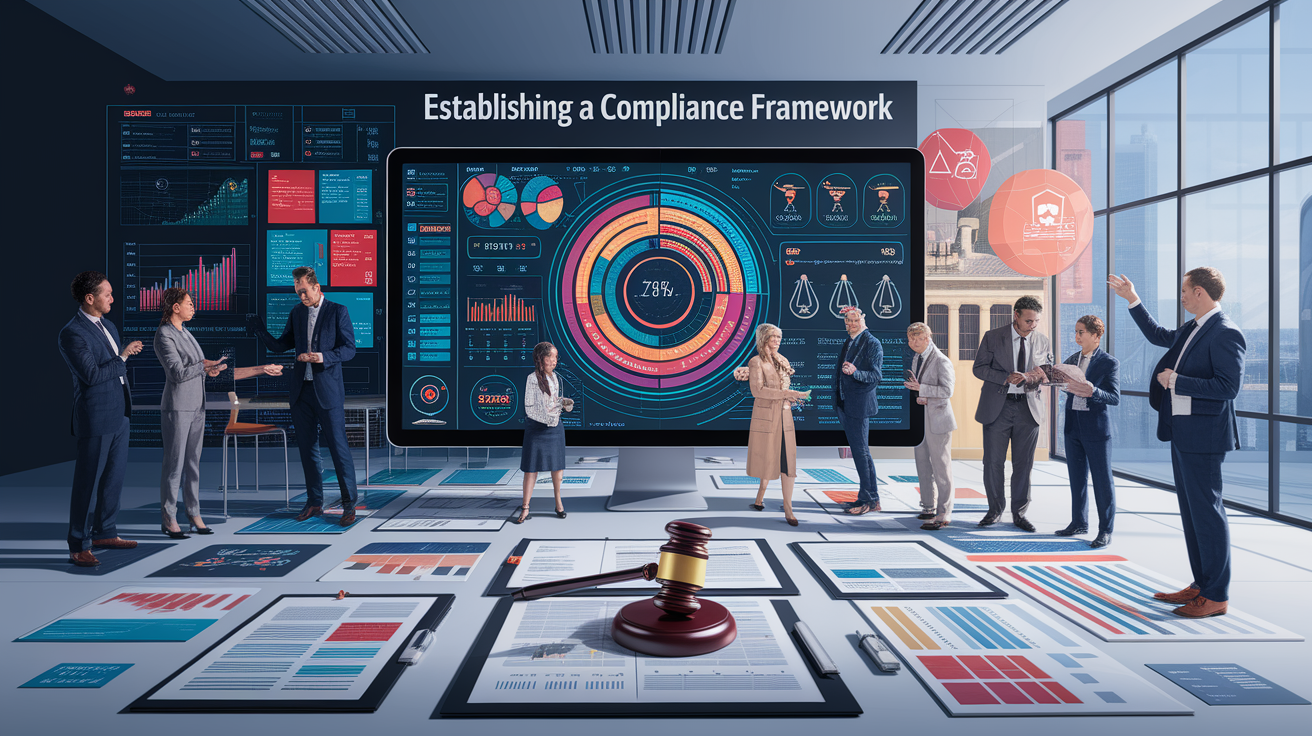Understanding the Regulatory Landscape
Compliance in nonprofit fundraising can feel overwhelming—like standing at the bottom of a mountain with no climbing gear. But here’s the truth: understanding the terrain makes the climb far less intimidating.
In the United States, most charitable organizations must navigate both state and federal rules. Forty-one states and the District of Columbia require charitable solicitation registration before you can legally solicit donations. These registrations are typically managed through the state attorney general or a similar oversight body. On the federal level, agencies such as the IRS and the Federal Trade Commission enforce regulations around tax-exempt status, financial transparency, and fundraising disclosure requirements.

Staying informed is the first step. Resources like BoardSource’s compliance overview and Harbor Compliance’s nonprofit compliance guide can help you understand how charitable giving regulations operate in practice.
Key areas to watch include:
- State registration requirements for charitable organizations
- IRS Form 990 filing rules for annual reporting
- Fundraising disclosure statements for solicitations
- Donor privacy laws and data protection obligations
Establishing a Compliance Framework
Strong governance is your base camp for climbing the compliance mountain. Without it, even simple requirements can become steep and dangerous.
A compliance framework is essentially your organization’s playbook for staying within the law. It builds on nonprofit governance principles, sets internal controls, and outlines responsibilities. Think of it as having a map, compass, and trained guides.

Core elements of an effective compliance framework include:
- Clear assignment of compliance duties to board and staff
- Written policies for donor stewardship and fundraising ethics
- Internal controls to manage charitable gift processing
- Procedures for obtaining and renewing solicitation permits
- Grant compliance protocols
The Charity CFO’s compliance guide offers detailed examples of policies that work in the real world.
Implementing Reporting Systems
Reporting obligations aren’t just boxes to tick—they are your public proof of transparency. Accurate, timely reports can protect your reputation and maintain donor confidence.
Most nonprofits must complete annual filings such as the IRS Form 990, which discloses your financial activities to the public. Many states also require ongoing updates to charitable solicitation registrations, often paired with submission of financial statements.
To make this manageable, implement systems that capture data in real time rather than scrambling at year-end. This might mean adopting donor management systems or nonprofit-specific accounting software.

Key compliance reports include:
- IRS Annual Reporting: File Form 990 or 990-EZ according to your organization’s size.
- State Charitable Registration: Renew annually as required by state law.
- Event Reporting: Document fundraising event revenues and expenses.
- Grant Reporting: Track and submit required grant compliance data.
For a complete checklist, see the CalNonprofits compliance checklist to ensure you’re hitting all deadlines.
Conducting Regular Audits and Reviews
Audits are not a sign of trouble—they’re like regular health checkups for your nonprofit. Skipping them can allow small issues to grow into costly problems.
Financial audits assess adherence to nonprofit accounting standards and verify the accuracy of your financial statements. Legal audits, on the other hand, review compliance with charitable solicitation laws, fundraising campaign compliance, and donor privacy protections.
Best practice calls for annual internal reviews and periodic external audits. According to some nonprofit governance experts, this proactive step can reduce risk exposure by over 30%.
Consider:
- Engaging an independent CPA for financial audits
- Scheduling biannual legal compliance reviews
- Regularly updating donor acknowledgement procedures to meet legal requirements
The Perlman & Perlman audit guide offers a deep dive into what to include in your compliance review strategy.
Leveraging Compliance for Trust and Growth
Compliance isn’t just a legal necessity—it’s a trust-building exercise. Donors want to know that their gifts are handled with care, within the bounds of the law, and with a commitment to ethical practices.
Publicly sharing your compliance efforts through annual reports, website disclosures, and donor communications signals transparency. This can encourage more tax deductible donations and support organic growth.
Think of compliance as a sturdy bridge connecting your nonprofit to the community. Without it, your connection could be fragile; with it, you can expand into new territories safely.
To leverage compliance for growth:
- Publish annual reports highlighting financial transparency
- Include fundraising disclosure statements on all solicitation materials
- Showcase your adherence to donor privacy laws
- Engage your board in nonprofit risk management discussions
When done right, compliance becomes an asset—not just an obligation. For more on proactive strategies, read Funraise’s insights on compliance in fundraising.







